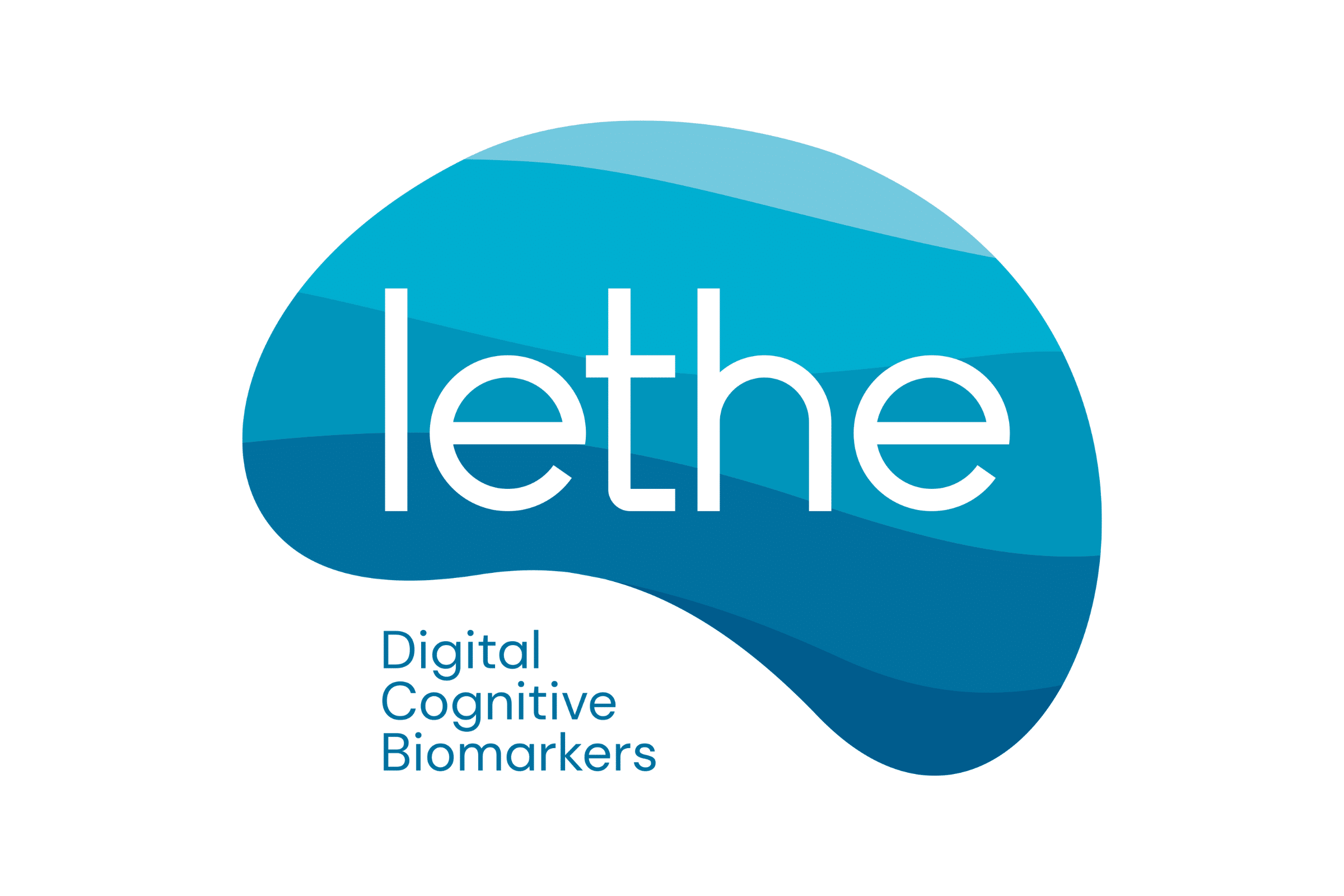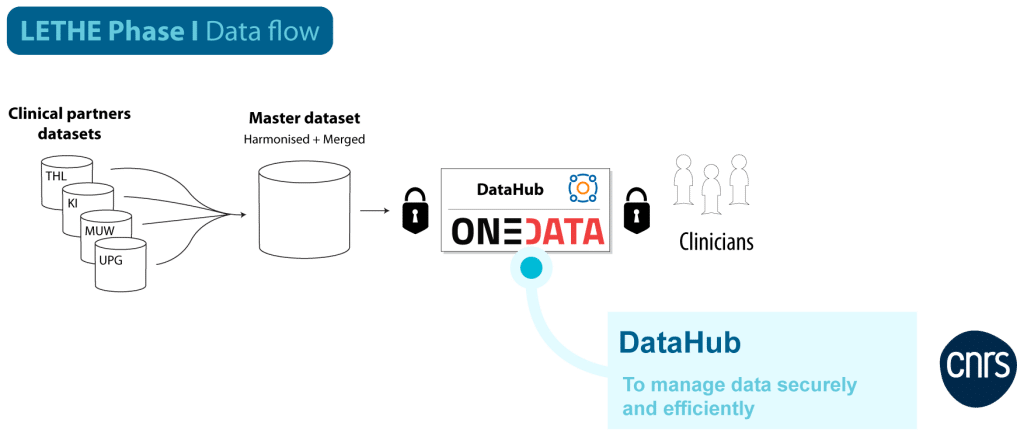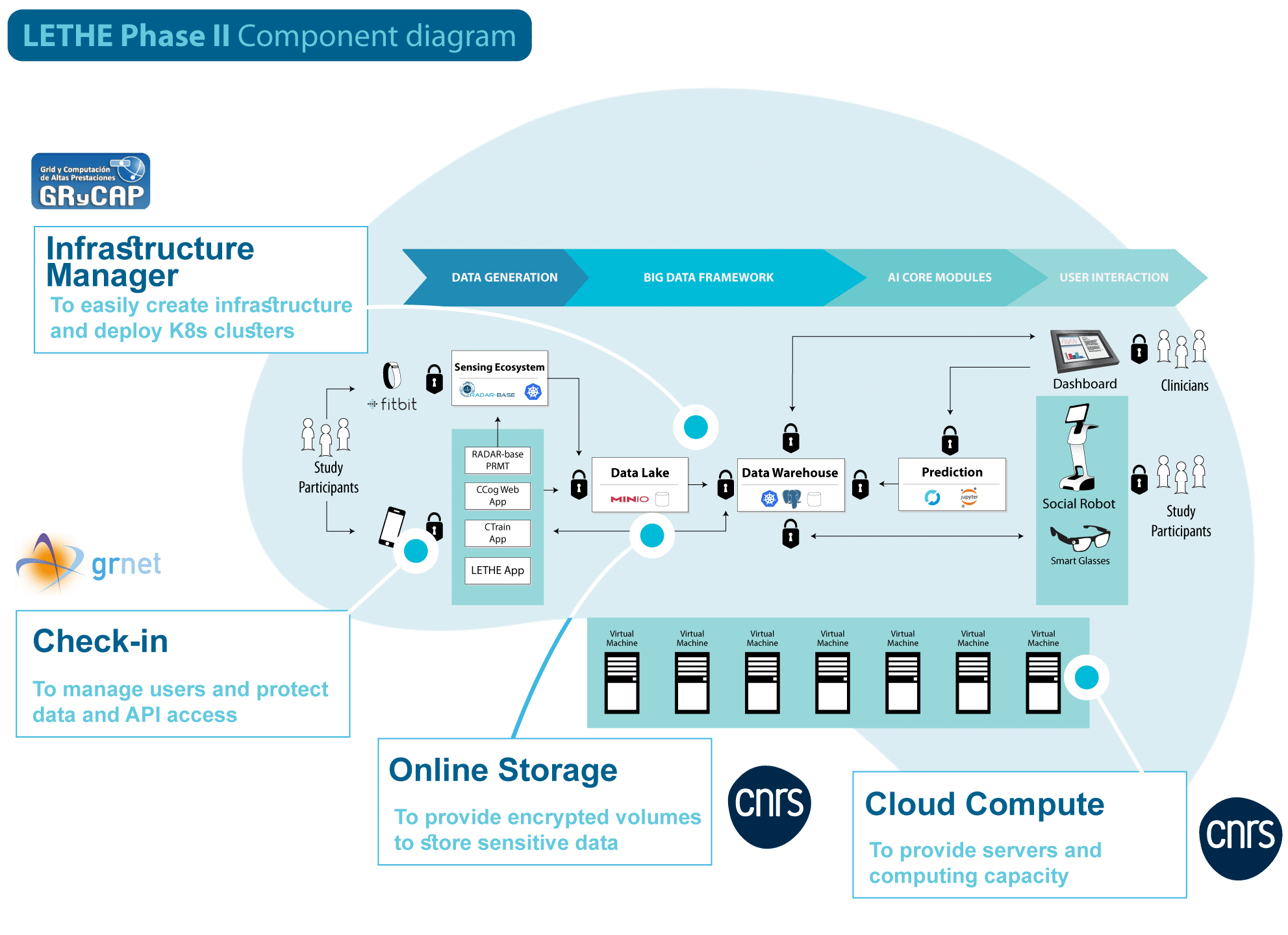As the world’s population ages, the number of people living with dementia grows. Dementia has long been considered to be neither preventable nor treatable; however, while the underlying illnesses are not curable, today we know that the disease course might be modifiable with good preventive interventions at an early time point.
LETHE established novel digital biomarkers for early detection of risk factors, based on unobtrusive ICT-based passive and active monitoring. It implemented a digital-enabled intervention for cognitive decline prevention based on the evolution of a successful protocol (FINGER study) evolving into an ICT-based preventive lifestyle intervention through individualised profiling, personalised recommendations, feedback and support – FINGER 2.0 – well targeted on a population stratified by cost-effective biological biomarkers.
LETHE produced a more personalised risk factor prevention programme for people in the early stages of cognitive decline, enabling them to lead active and healthy lifestyles. The expansion of digital technology-based health prevention approaches, by reaching large populations, can save healthcare systems money on costly traditional interventions and bring benefits to society as a whole.





